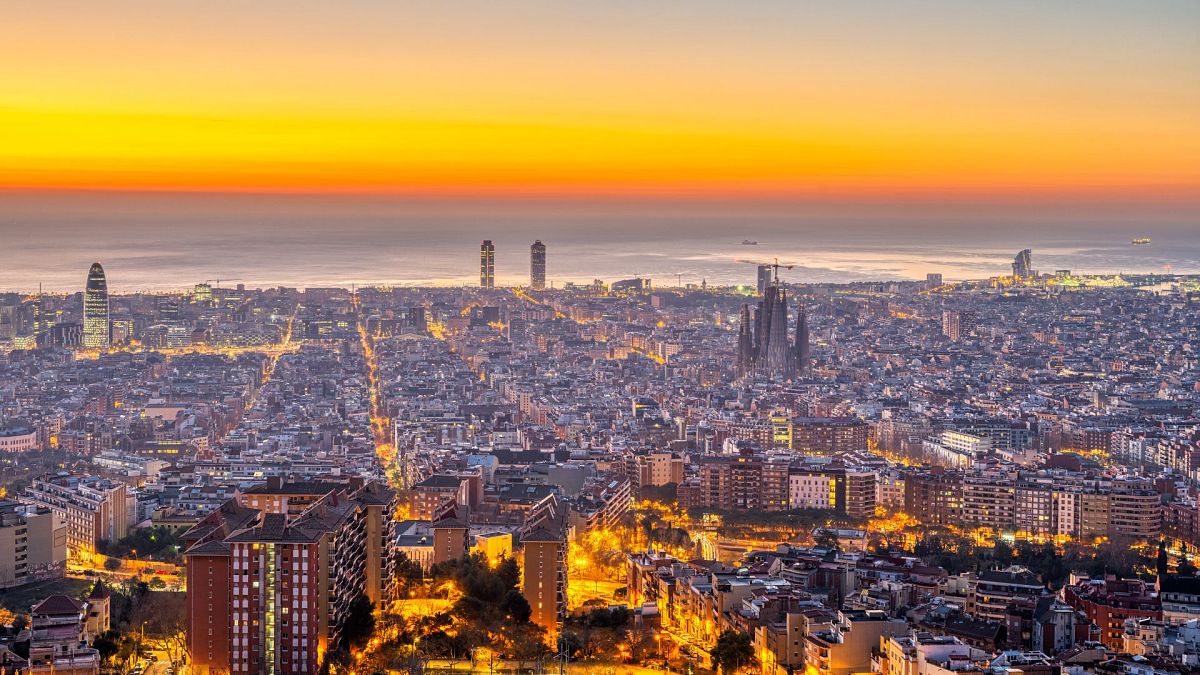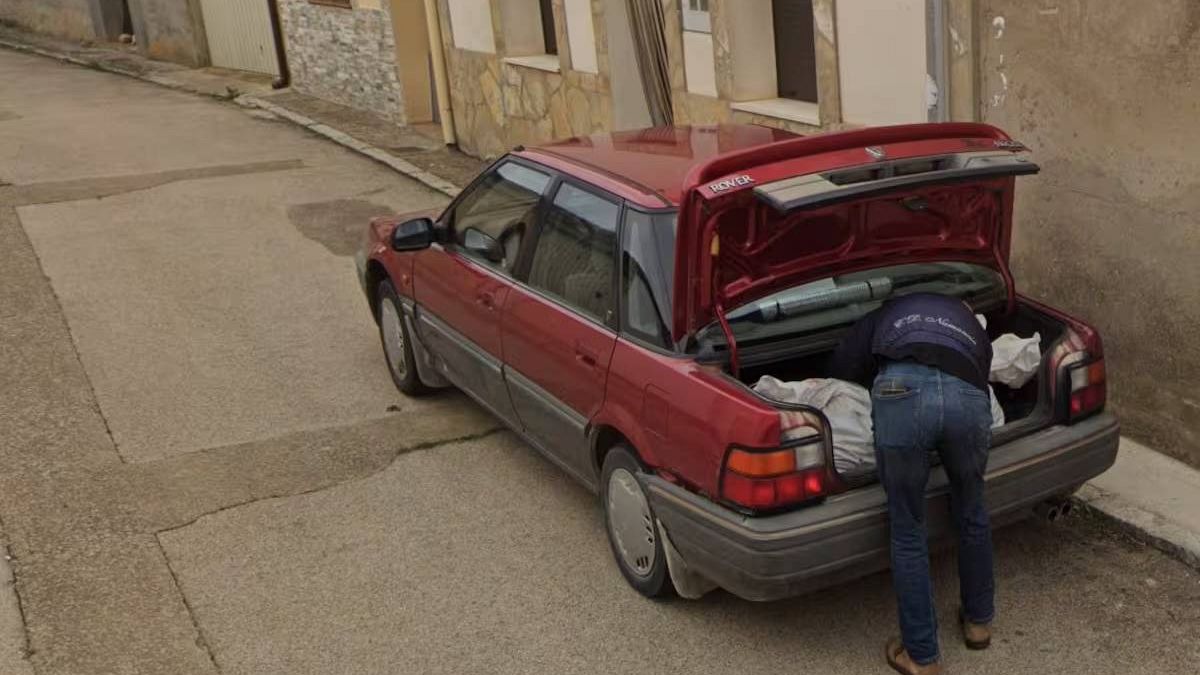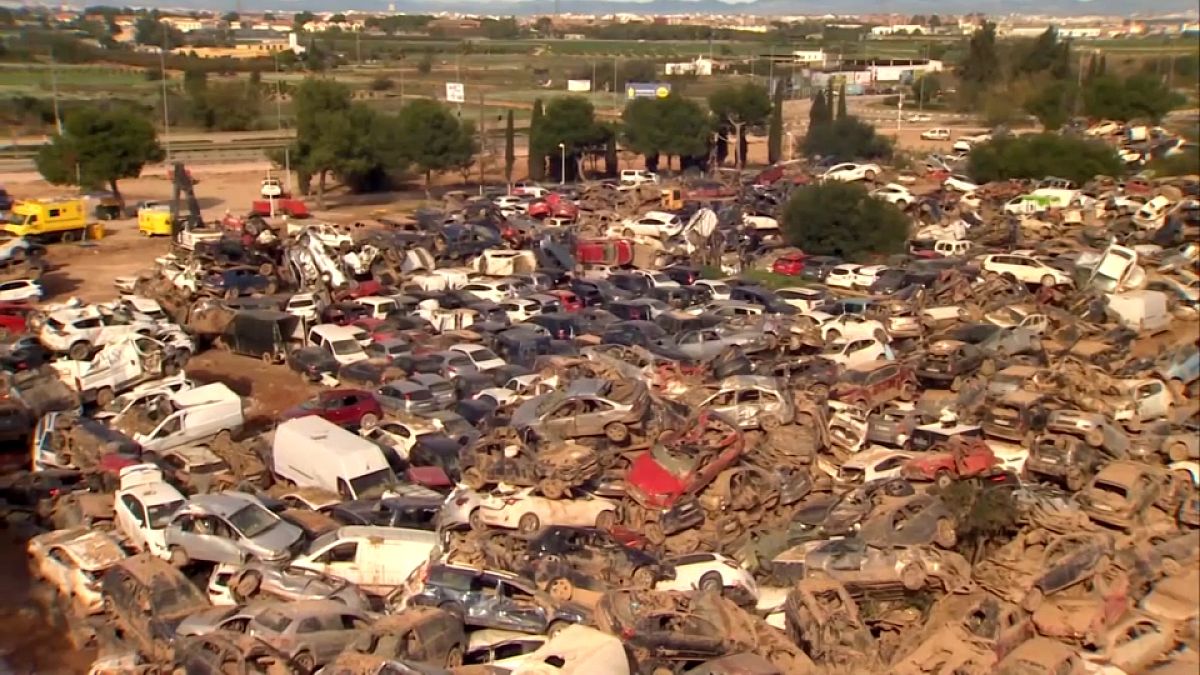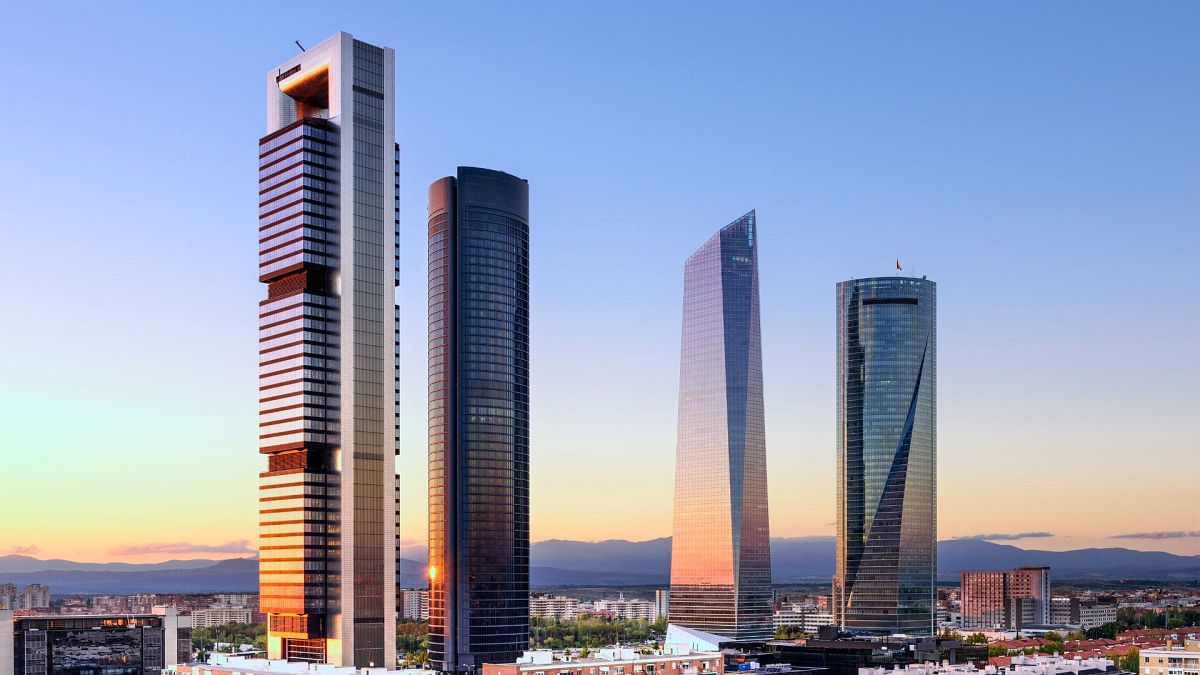Italy, Spain, Greece hit by scorching Charon heatwave
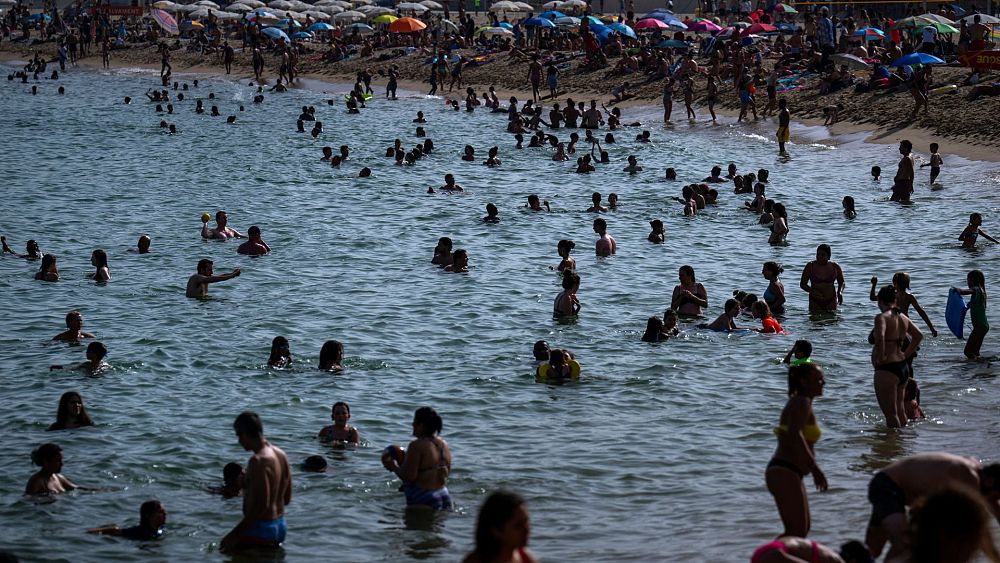
As Europe faces record temperatures, almost half of the EU is also battling severe drought.
Southern and eastern Europe are bracing for record breaking temperatures as a searing heatwave sets in.
Parts of Italy could see highs of 48°C in the coming days stoking fears of an increase in heat-related deaths. On Tuesday (11 July), a road sign worker collapsed and died near Milan as temperatures hit 40°C.
Greece, too, has seen highs of over 40°C, forcing the Acropolis in Athens to close during the hottest part of the day to protect visitors.
Thousands of people were evacuated over the weekend in Spain’s La Palma when a wildfire engulfed the northwest of the island as temperatures soared.
The extreme weather is partly due to the Charon anticyclone, which is pushing into Europe from north Africa. It is the second ‘heat storm’ in a week after the Cerberus weather system hit last Monday.
Why is it so hot in Europe?
Extreme temperatures have hit Europe this year as the world swelters through the El Niño weather pattern, and greenhouse gas emissions warm our climate.
But the latest highs have been made worse by an anticyclone dubbed ‘Cerberus’. This area of high pressure started in the Sahara before moving across northern Africa and into the Mediterranean.
The heatwave was named by the Italian Meteorological Society after the fiery-eyed, three-headed dog that guards the gates of the underworld in Greek mythology.
On Sunday (16 July), an anticyclone named ‘Charon’, after Greek mythology’s ferryman of the dead, began to move across Europe, further intensifying the continent’s weather woes.
How hot will Europe get?
The Italian islands of Sardinia and Sicily could simmer in 48°C in the coming days, potentially reaching “the hottest temperatures ever recorded in Europe,” according to the European Space Agency (ESA).
In August 2021, Sicily hit 48.8°C – the current record.
Rome, Bologna and Florence are among the 10 Italian cities currently under red alert for extreme heat. People have been advised to avoid direct sunlight in these places between 11am and 6pm.
The temperature in Italy’s capital could surpass 42°C on Tuesday, breaking the previous record of 40.5°C set in summer 2007.
Spain’s weather service said thermometers could potentially hit 45°C southeastern areas of the Iberian Peninsula, which are also under an alert for extreme heat. The temperature of the ground in parts of the country has hit more than 60°C.
In Greece, a heatwave is forecast to reach up to 44°C in some parts of the country in the coming days. Ambulances are on standby at the Acropolis due to tourists fainting from the heat.
Authorities have banned access to nature reserves and forests to reduce the risk of wildfires, while municipalities have opened air-conditioned areas in public buildings for people to shelter from the heat.
Temperatures in Cyprus and Turkey could also rise to 42°C and Montenegro to 40°C, while Serbia and Romania could face 39°C on Monday. Parts of Croatia are expecting 36°C; last week, firefighters struggled to contain a forest fire near the coastal town of Sibenik.
France, too, could reach 35°C by end of the week.
How long will the Charon heatwave last?
The extreme heatwave driven by Charon is forecast to hit the Mediterranean until around the end of July.
But that won’t be the end of Europe’s weather woes.
The continent recorded its hottest week ever this month after experiencing the warmest June on record, according to the World Meteorological Organization (WMO).
The UN agency has warned that there is a 90 per cent probability of the El Niño continuing until the end of the year at moderate strength or higher.
The global weather phenomenon happens when waters in the Pacific Ocean become much warmer than usual. It could push the world past a new average temperature record, making heatwaves and storms stronger.
A recent report by Greenpeace on the impact of climate change on Spain’s weather highlighted the urgent need to cut planet-heating greenhouse gas emissions. Ramping up renewable energy sources and reducing our reliance on fossil fuels is vital to this goal.
Almost half of Europe is facing severe drought
Drought is also sweeping across Europe, with 42 per cent of EU land under amber warning according tothe European Drought Observatory (EDO). This means the ground has dried out due to a lack of rainfall.
This increases the risk of wildfires – especially in Spain and Portugal – and crop failure. A further four per cent of land in the EU is under a red alert for drought, meaning crops are already suffering.
Although parts of southern Europe are starting to recover thanks to recent rain, a new drought is building up in Northern Europe. Around the Baltic Sea, Germany, Ireland, the UK and Scandinavia, a severe lack of rain could impact crops this summer.
How to stay safe during Europe’s heatwaves
Last summer’s heatwaves contributed to 61,000 deaths in Europe, according to a recent study.
Older people, women and those living in Mediterranean countries were worst affected.
As this summer begins to break heat records, people are being advised to stay hydrated and avoid caffeine and alcohol. Strenuous activity should also be avoided during the height of the day.
You should also watch out for signs of heatstroke. Symptoms include confusion due to lack of blood flow to the brain; reddened, dry skin; a lack of sweat; and, in the most extreme cases, organ failure, convulsions and seizures.
Check out our tips for how to stay cool during Europe’s heatwaves.
Source: Euro News


